
Bonsai Zen Zone conveys my love of the living art form. My mission is not only to dispel bonsai myths, but to peak your interest. Ever thought of trying the hobby for yourself? I hope you will after learning a few facts and techniques.
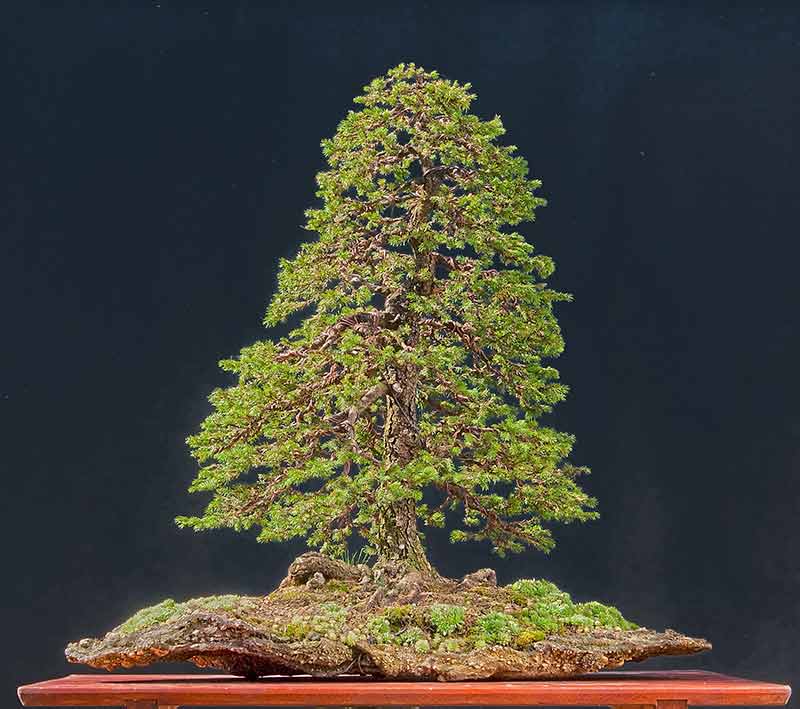
Walter Pall Ezo spruce
Bonsai myths:
- Bonsai are only certain types of plants – not so.
In the minds’ eye, an evergreen juniper constitutes the iconic bonsai image. In reality, numerous types of trees and shrubs can be crafted into bonsai. Certain plants respond and preform more reliably, but I’ve given many an odd-ball specimen a go of it with some fun, interesting, but sometimes disappointing results. I’ve found that it’s best to stick with the winners, those plants that are know to respond well to the occasional rough treatment bonsai plants are subjected to. An amazing array of different types of plants can be bonsaied. Yes, that is a word!Bonsai live indoors- not so.
2. Bonsai live indoors- not so.
I repeat this particular myth because it is the most common misconception, and the most fatal. Read the facts in Bonsai Zen Zone. The basic principal is that only tropical or houseplant bonsai can live indoors for long stretches of time.
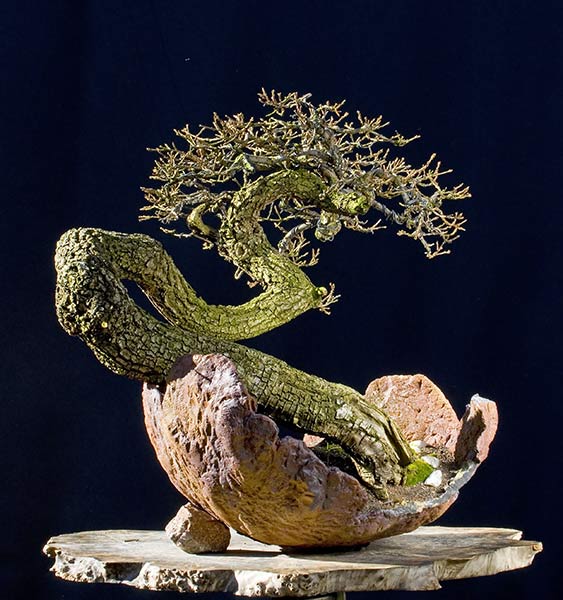
Walter Pall’s Turkish oak
3. Bonsai leaves, blossoms or fruit size will be miniature because the plant is miniature – not so.
Strange as it may seem, blooms on a tiny azalea bonsai will the same size as its mature shrub in nature would be. A pomegranate fruit, should you get one on your pomegranate bonsai, would be the same size as a normal fruit on a fully mature tree in the ground. That makes plant selection a very important criteria for creating bonsai with beautiful proportions. Choosing plants that have natural small blooms or fruit is the ideal solution to this dilemma.
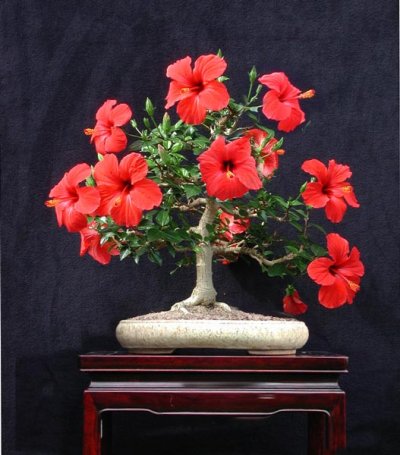
Walter Pall’s Hibiscus is a great example of full size flowers on bonsai. Although they are showy and beautiful, the scale and proportion is disturbing to me.
4. Bonsai must follow specific rules of style – not so.
Bonsai is like other art forms and skills – practice makes perfect. That said, following certain style rules will result in the creation of traditional and recognizable forms of Japanese or Chinese bonsai. I had a college professor who said, “you must practice a craft for seven years before it is mastered.” That sage advice has stuck with me. Traditional rules are important to understood and execute with mastery, but along the way it’s fun to get creative! I hosted a bonsai master from Germany several years ago, and his many of his personal bonsai were collected in the wild of the alps. He allowed the plant to dictate style and form, and the contorted shapes and artistic interpretation was absolutely inspirational. Bonsai purists are divided in their critique of his work, but they definitely spoke to me!
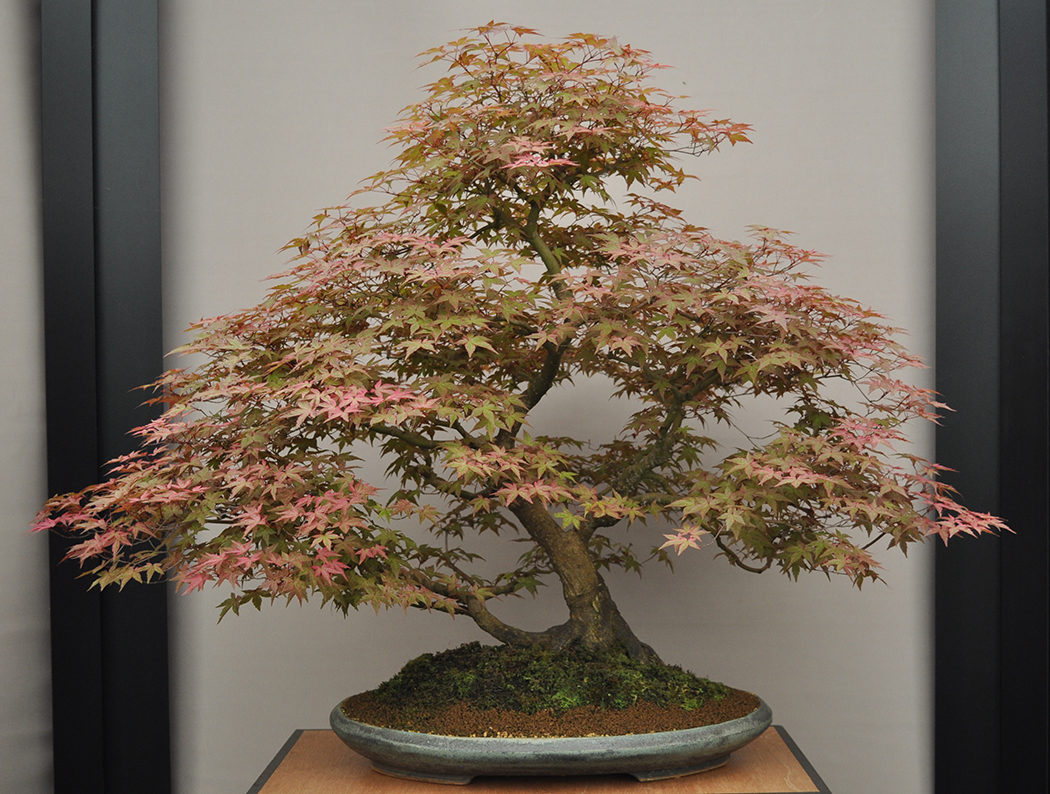
Japanese maple, photo taken at the Chelsea flower show.
Next, more bonsai myths to dispel!
First three photos are bonsai styled by Walter Pall, a German bonsai master I mention in the post. I love his work and style! To see more visit his blog. Although these bonsai are from the master himself, it does inspire me to aim high!
Related posts:
Tags: bonsai, Landscape design
Leave a Reply Cancel reply

More Story
Bonsai Zen Zone
Bonsai is a 2000 year old living art form capturing the imagination. As a self-admitted compulsive gardener, I am no exception....Subscribe to the Blog
Site Menu
Recent Posts
- What's a gardener to do... in winter?
Jan 22, 2024 - New Year, New Plans!
Jan 1, 2024 - The Thoughtful Host
Dec 7, 2023
- What's a gardener to do... in winter?

You may link to a post or take quotes if credit, including a link back, is given.
You may not take entire posts or photographs without asking.
Permission may be requested using the contact form .








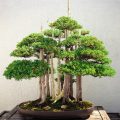
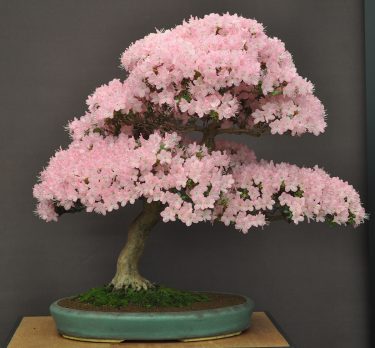



Share On